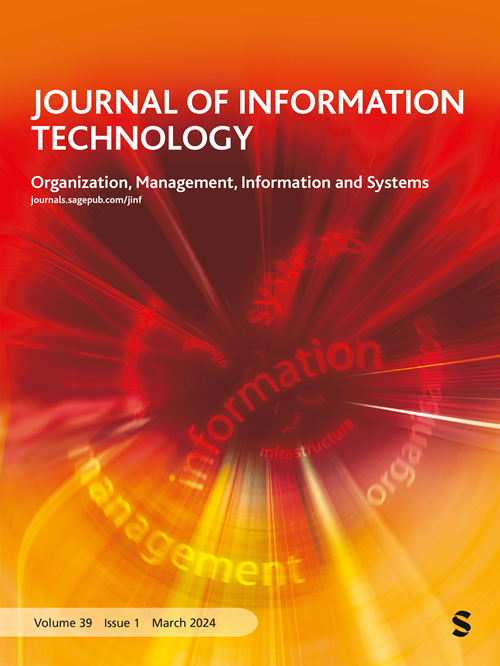Performance Analysis of Machine Learning Techniques in Network Intrusion Detection
IF 5.4
3区 管理学
Q1 COMPUTER SCIENCE, INFORMATION SYSTEMS
引用次数: 0
Abstract
A lot of sensitive data is being transmitted over the internet nowadays, which leads to increasedrisks of network attacks. To identify suspicious and malicious activities to secure internal networks,intrusion detection systems aim to recognize unusual access or attacks to the network. Machine learningtechnology can play a vital role in a scheme to detect intrusion. It is a technology that is based onclassification and prediction, to deal with security threats. In this work, we focus on significant featureselection and classification using four machine learning algorithms. Adaptive Boost (AdaBoost), GradientBoosting, Random Forest, and Decision Tree classification techniques have been tested on the dataset ofnetwork intrusion detection which is collected from Kaggle. In our analysis, Gradient Boosting outperformsconsidering the F1-score. Therefore, this machine learning technique can be utilized to implement anintelligent intrusion detection system.网络入侵检测中机器学习技术的性能分析
如今,大量敏感数据通过互联网传输,导致网络攻击风险增加。为了识别可疑和恶意活动,确保内部网络安全,入侵检测系统旨在识别对网络的异常访问或攻击。机器学习技术可在入侵检测系统中发挥重要作用。它是一种基于分类和预测的技术,用于应对安全威胁。在这项工作中,我们重点使用四种机器学习算法进行重要的特征选择和分类。自适应提升(AdaBoost)、梯度提升(GradientBoosting)、随机森林(Random Forest)和决策树(Decision Tree)分类技术已在从 Kaggle 收集的网络入侵检测数据集上进行了测试。在我们的分析中,考虑到 F1 分数,梯度提升技术的表现更胜一筹。因此,可以利用这种机器学习技术来实现智能入侵检测系统。
本文章由计算机程序翻译,如有差异,请以英文原文为准。
求助全文
约1分钟内获得全文
求助全文
来源期刊

Journal of Information Technology
工程技术-计算机:信息系统
CiteScore
10.00
自引率
1.80%
发文量
19
审稿时长
>12 weeks
期刊介绍:
The aim of the Journal of Information Technology (JIT) is to provide academically robust papers, research, critical reviews and opinions on the organisational, social and management issues associated with significant information-based technologies. It is designed to be read by academics, scholars, advanced students, reflective practitioners, and those seeking an update on current experience and future prospects in relation to contemporary information and communications technology themes.
JIT focuses on new research addressing technology and the management of IT, including strategy, change, infrastructure, human resources, sourcing, system development and implementation, communications, technology developments, technology futures, national policies and standards. It also publishes articles that advance our understanding and application of research approaches and methods.
 求助内容:
求助内容: 应助结果提醒方式:
应助结果提醒方式:


